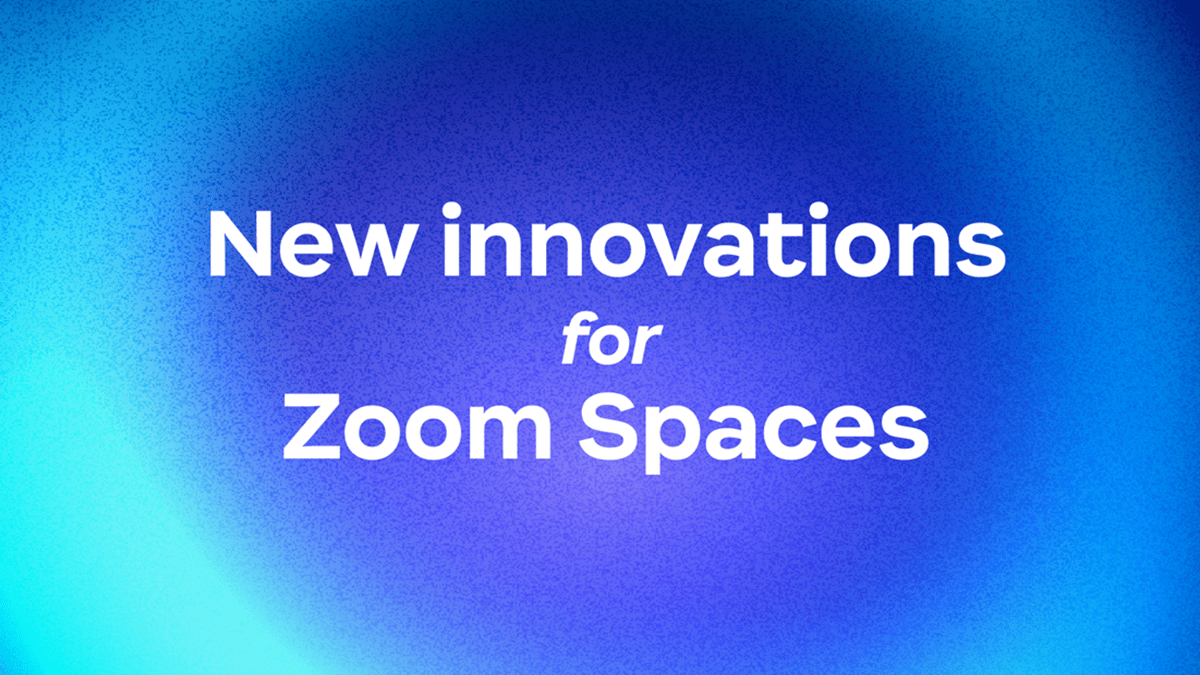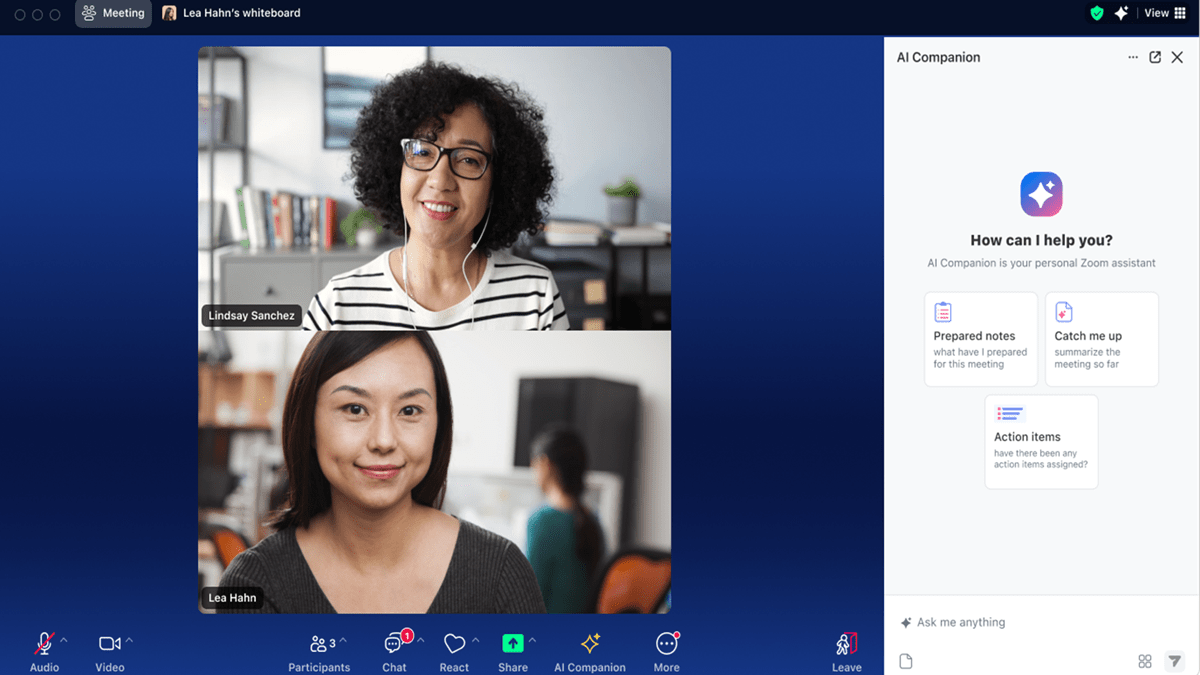How Zoom Defines the Best Use Cases for Zoom Webinar vs Meeting
The Brief: Zoom has recently detailed the distinct use cases for its Zoom Meetings and Zoom Webinars, providing guidance on which platform to choose for various online events. Zoom Meetings is designed for interactive, smaller-scale gatherings such as team collaborations and training sessions, accommodating up to 1,000 participants. Conversely, Zoom Webinars is geared towards larger, more formal presentations, supporting up to 100,000 attendees in a view-only mode with extensive control for hosts.
Discover full details of the use cases for Zoom Meetings and Zoom Webinars at zoom.com.
How Zoom Defines the Best Use Cases for Zoom Webinar vs Meeting
Expert Commentary: Zoom's recent guidance on Zoom Meetings vs. Zoom Webinars highlights the distinct functionalities and ideal scenarios for each platform, offering valuable insights for users planning virtual events. Zoom Meetings is optimized for smaller-scale, interactive sessions, such as team collaborations and training. This makes it a suitable choice for organizations seeking to facilitate real-time discussions and hands-on activities. On the other hand, Zoom Webinars is designed for large-scale, formal presentations. This distinction allows businesses to select the most appropriate tool based on the scale and nature of their online events, ensuring an effective and tailored virtual experience.
Zoom Meetings: Ideal for Interactive Collaboration
Zoom Meetings is specifically designed to facilitate interactive and collaborative sessions, making it well-suited for smaller groups. It supports up to 1,000 participants and is ideal for daily team meetings, collaborative projects, and online training. Key features include:
- Screen Sharing: Allows participants to present documents, applications, and their entire desktop.
- Breakout Rooms: Enables the division of participants into smaller groups for focused discussions.
- Real-Time Whiteboarding: Provides a digital whiteboard for brainstorming and note-taking during meetings.
- Polling and Chat: Engages participants through interactive polls and real-time chat functions.
- AI Companion: Assists with meeting summaries and provides real-time answers to queries.
These features enhance participant engagement and collaboration, making Zoom Meetings a versatile tool for various professional settings.
Zoom Webinars: Optimized for Large-Scale Events
Zoom Webinars is engineered for large-scale, formal presentations with a view-only format for up to 100,000 attendees and 1,000 panelists. It is designed for events such as company announcements, conferences, and educational sessions where the focus is on presentation rather than interaction. Key features include:
- Customizable Registration Pages: Allows hosts to create branded registration forms and track attendee sources.
- Q&A and Chat Functions: Facilitates audience interaction through moderated Q&A and controlled chat features.
- Polling: Supports up to 50 polls to gauge attendee feedback and engagement.
- Integration with Event Platforms: Includes compatibility with tools like PayPal and Eventbrite for streamlined event management.
- Detailed Analytics and Post-Webinar Surveys: Provides insights into attendee engagement and event effectiveness.
These features ensure a professional presentation experience and effective audience management during large virtual events.
Key Differences Between Meetings and Webinars
The primary distinction between Zoom Meetings and Zoom Webinars lies in their functionality and intended use. Zoom Meetings is geared towards interactive, smaller-scale sessions that require active participant involvement, such as brainstorming sessions and collaborative projects. In contrast, Zoom Webinars is tailored for large audiences where interaction is limited to Q&A and chat features. Understanding these key differences helps organizations choose the right platform based on the size and nature of their virtual events, ensuring effective communication and audience management.
Selecting the Appropriate Zoom Tool for Your Communication Needs
As virtual events and remote work continue to evolve, the choice between Zoom Meetings and Zoom Webinars will remain critical for optimizing communication. Organizations should consider the scale, interactivity, and formality of their events when selecting the appropriate platform. Adapting to these needs will enhance operational efficiency and improve attendee engagement.
Future advancements in virtual communication tools may further refine these distinctions, but understanding the current capabilities will help businesses make informed decisions and achieve successful outcomes in their online engagements.

 Source: Zoom
Source: Zoom

